Candida stellatoidea is a type of yeast that lives as a saprophyte and is not an obligatory pathogen. It is an opportunistic pathogen that can cause infections of the mucous membranes and sepsis (blood poisoning) in patients with a weakened immune system. Sepsis caused by the pathogen corresponds to fungemia and is a life-threatening condition.
What is Candida stellatoidea?
Candida corresponds to a genus of yeasts that fall into the department of the ascomycota or ascomycota and are assigned to the subdivision Saccharomycotina. The yeast genus belongs to the Saccharomycetes class and belongs to the order real yeasts or Saccharomycetales. The superordinate family of Candida are the Inceratae sedis. There are around 150 different species of the genus. The species Candida stellatoidea is one of them. The species seems to be closely related in particular to Candida albicans. Apparently, their genome is a mutation of the Candida albicans genome.
Candida is always to be regarded as a polymorphic fungus and thus develops in various forms of growth. Its individual cells have a rounded, oval shape and a diameter of around four to ten micrometers. In addition to the formation of pseudomycelia in thread form, the formation of real hyphae is also typical for some Candida species. The latter only applies to manifest infection with the yeast.
The fungus species Candida stellatoidea is found worldwide. The species forms colonies of elongated or cylindrical stem cells. The yeast pseudomycelia usually appear long and tortuous. Cluster-like blastospores of small size lie along them.
Representatives of the species Candida stellatoidea are saprophytes, which belong to the opportunistic pathogens. This means that the species can be pathogenic to humans. As a yeast, the species corresponds to a unicellular and eukaryotic microorganism that multiplies in the form of sprouting, splitting or division.
Occurrence, Distribution & Properties
The fungus Candida stellatoidea is a saprophyte. As such, representatives of the species do not carry out photosynthesis or chemosynthesis. Yeasts belong to the group of chemo-organotrophic organisms and operate their energy metabolism using energy sources of organic origin. They use glucose, maltose, fructose or sucrose as an energy source. They can also grow in the complete absence of sunlight and are most comfortable in environments with neutral or slightly acidic pH levels.
As saprophytes, representatives of the Candida stellatoidea feed on a heterotrophic diet without exception and therefore need organically dead substances for their metabolism. They metabolize these substances into more energetic substances and convert them into inorganic substances.
Like other yeast cells, Candida stellatoidea reproduce by sprouting. During this process, an area of the cell wall is everted from each mother cell and thus forms a bud. Nucleus copies, which are completely separated from the mother cell, migrate into the resulting bud. Under particularly favorable conditions, sprouts are able to form cell clusters. Since the cells in their associations do not communicate with each other, they are called pseudomyceles instead of real mycelium.
Meaning & function
The yeast species Candida stellatoidea is not an obligatory pathogen. It lives as a harmless saprophyte with humans and is therefore more of a commensal. In this context, the yeast species does no harm to humans and is just as ineffective. Candida can occur as commensals on the skin, on the mucous membranes, in the gastrointestinal area or in the vagina. The yeast species Candida stellatoidea usually settles there without causing any symptoms of infection.
This is the case in people with healthy immune systems. Your defense system prevents infection by sending immune cells to intervene before the yeast cells spread. The immune cells recognize the yeast as foreign and render it harmless in good time. The pathological significance of Candida stellatoidea can therefore be classified as minor.
Nonetheless, there are fluid boundaries between parasites and saprophytes. And so, under certain conditions, a harmless saprophyte like Candida stellatoidea can become a parasite or pathogen. The Candida species is therefore also known as an opportunistic pathogen despite its distribution as a commensal.
Illnesses & ailments
Immunodeficiency can turn the harmless yeast species Candida stellatoidea into a pathogen. An immunodeficiency is associated, for example, with diseases such as AIDS, but is also associated with a weakening due to diseases such as cancer or previous infections. In addition, an age-physiological weakness of the immune system is to be expected. The therapeutic approaches for autoimmune diseases also suppress the immune system.
In immunocompromised patients, the Candida species can spread to an extreme degree in the body due to the lack of intervention by the immune system. As a result, not only mycoses of the inner mucous membranes, such as the vaginal mucosa or the inner lining of the heart, appear.
If you are infected with Candida stellatoidea, there is also a risk of candida sepsis. This type of sepsis corresponds to fungemia, i.e. blood poisoning by fungi or yeast. Blood poisoning is a systemic inflammatory reaction that can be life threatening.
Candida stellatoid infections are mostly endogenous infections. Antimycotics are used therapeutically for purely external mycoses caused by Candida. Complications such as Candida sepsis often have an unfavorable course and require therapy with amphotericin B or liposomal amphotericin B. Voriconazole, posaconazole, caspofungin or anidulafungin may also be used. Those affected are usually cared for in the intensive care unit, where they can be monitored 24 hours a day.

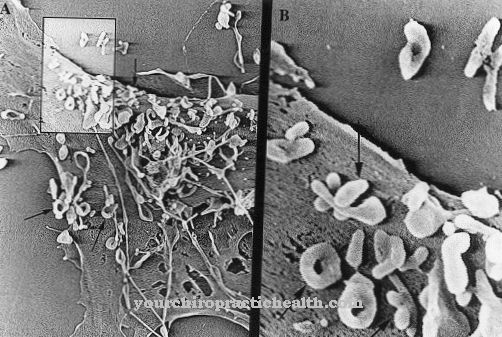
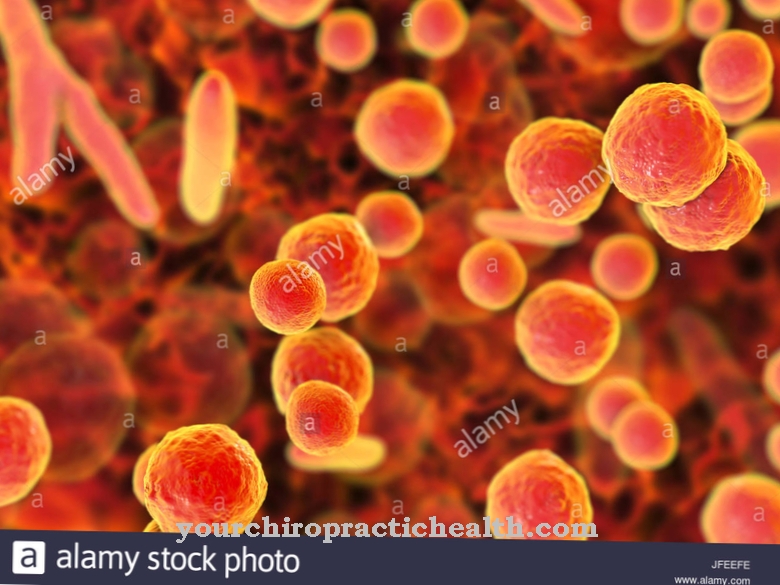
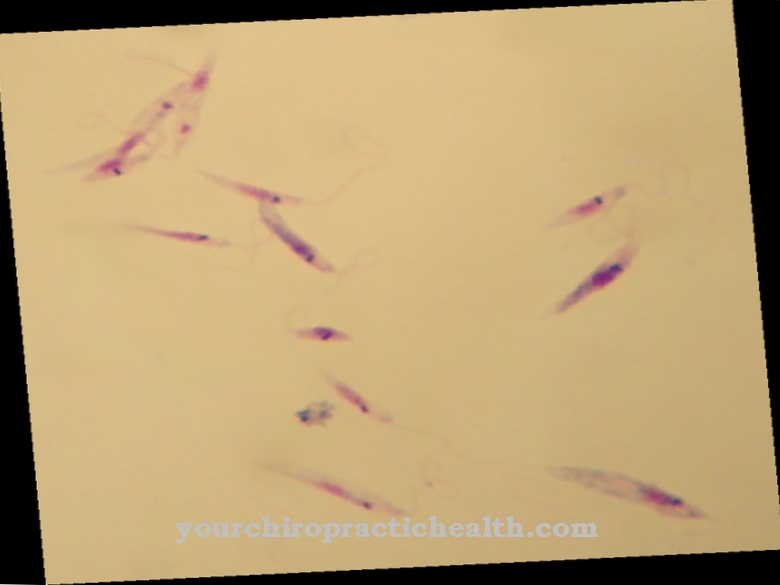

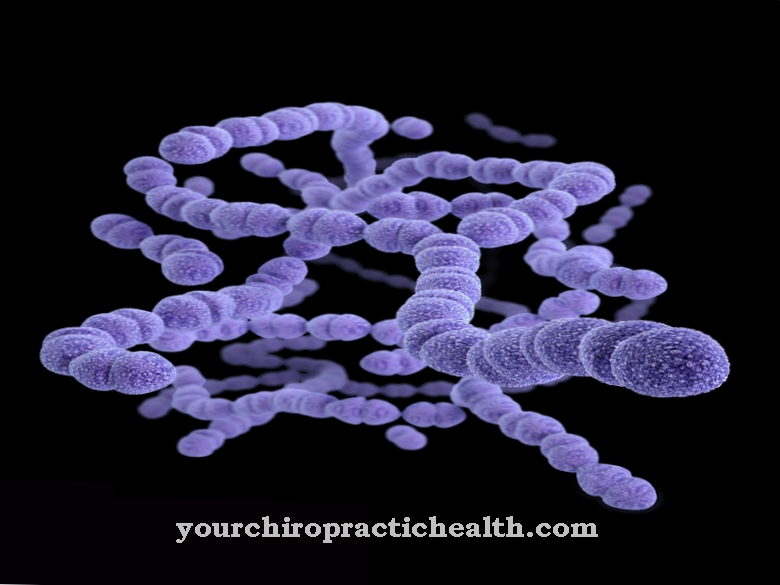
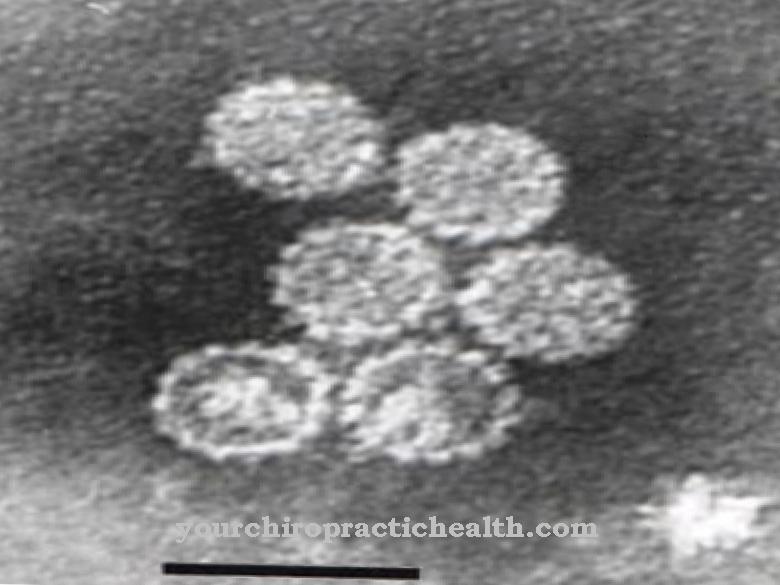


















.jpg)


